A Brief History:
Kalasha are known for their festive pagan culture, colourful attires and ancient History. Their brown hair and blue eyes have often mislead to the myth of Kalasha being descendants from soldiers of Alexander, but DNA testing shows that Kalasha are either indigenous to Hindukush or were the part of first migration of humans from Africa to Central Asia.
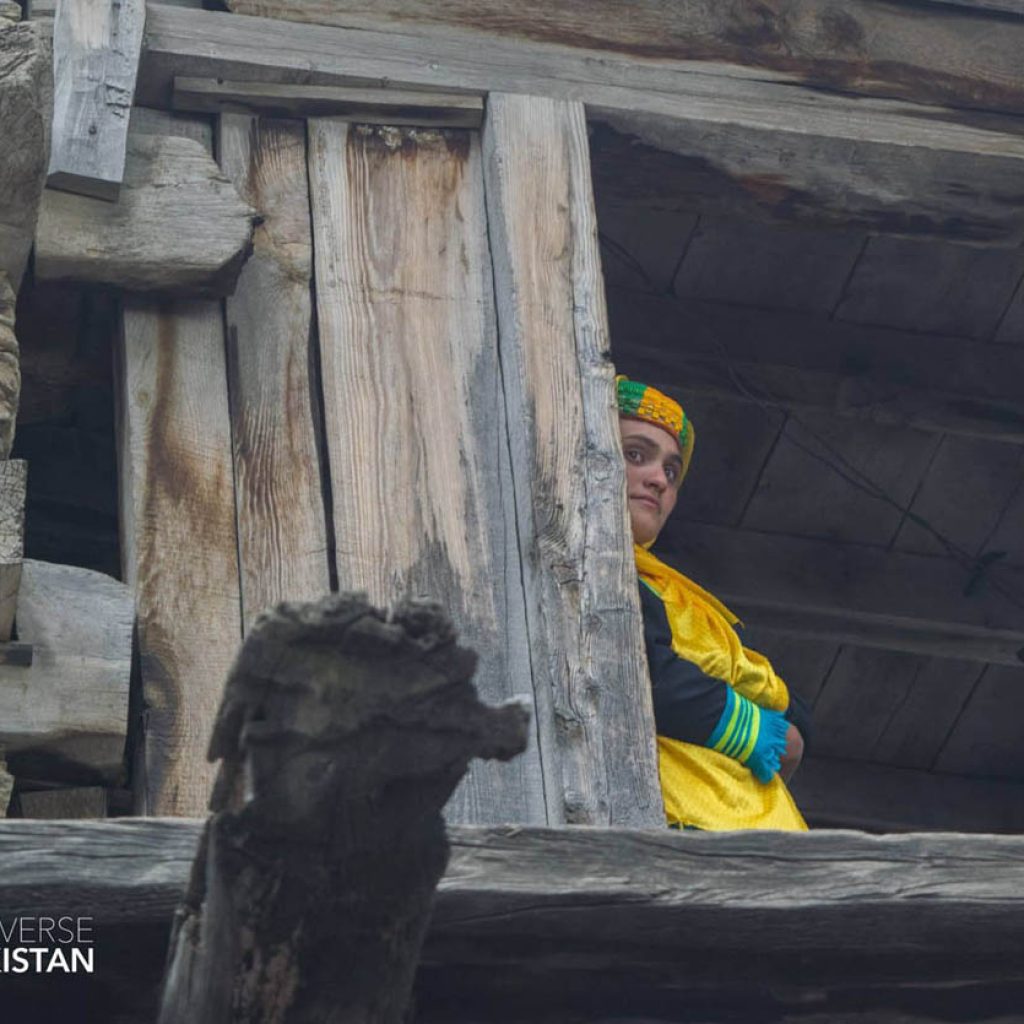
Valleys of Kalash
The three valleys of Kalash, Birir, Bamburet and Rumbur are separated by the steep ridges of 3000m, are dense in vegetation, with giant walnut and fruit trees draped in overhanging grape wines over softly flowing streams. There are about 20 villages in these valleys, stacked up in tiers, adorned with rich wooden carvings and exquisite stone work i.e. a reminiscent of early Buddhist architecture.
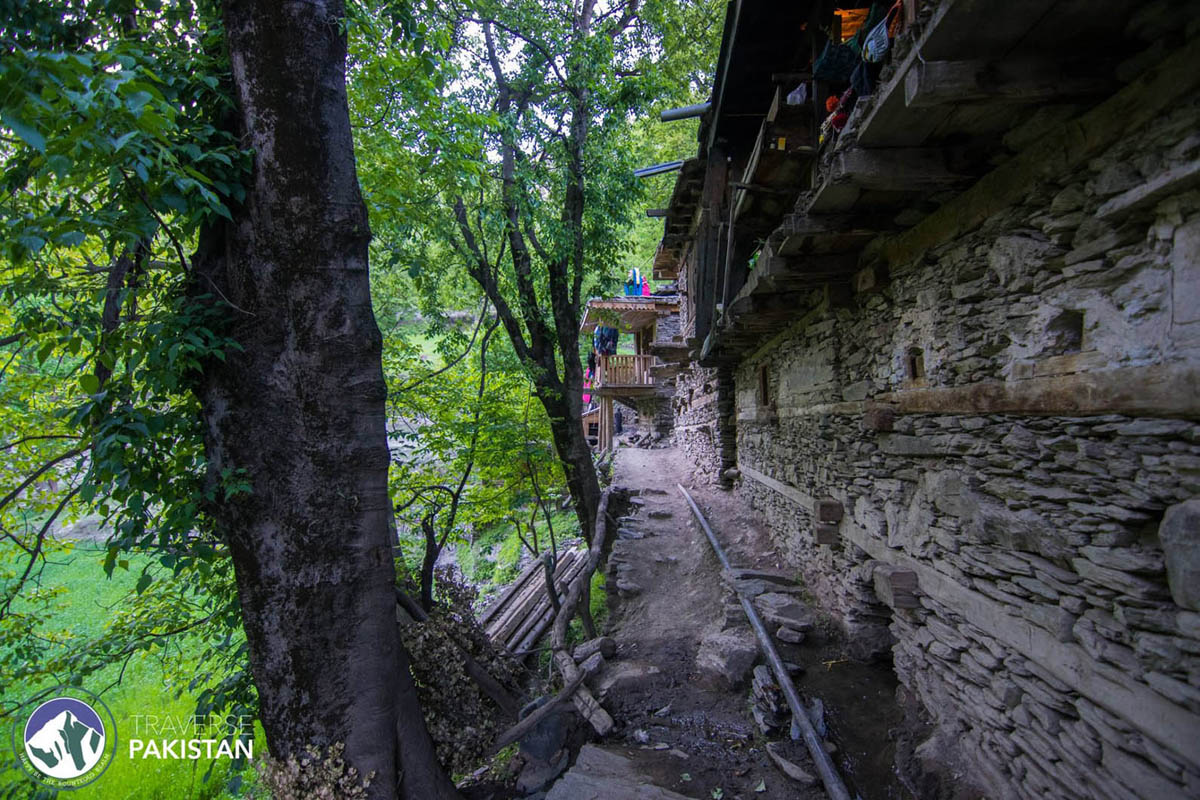
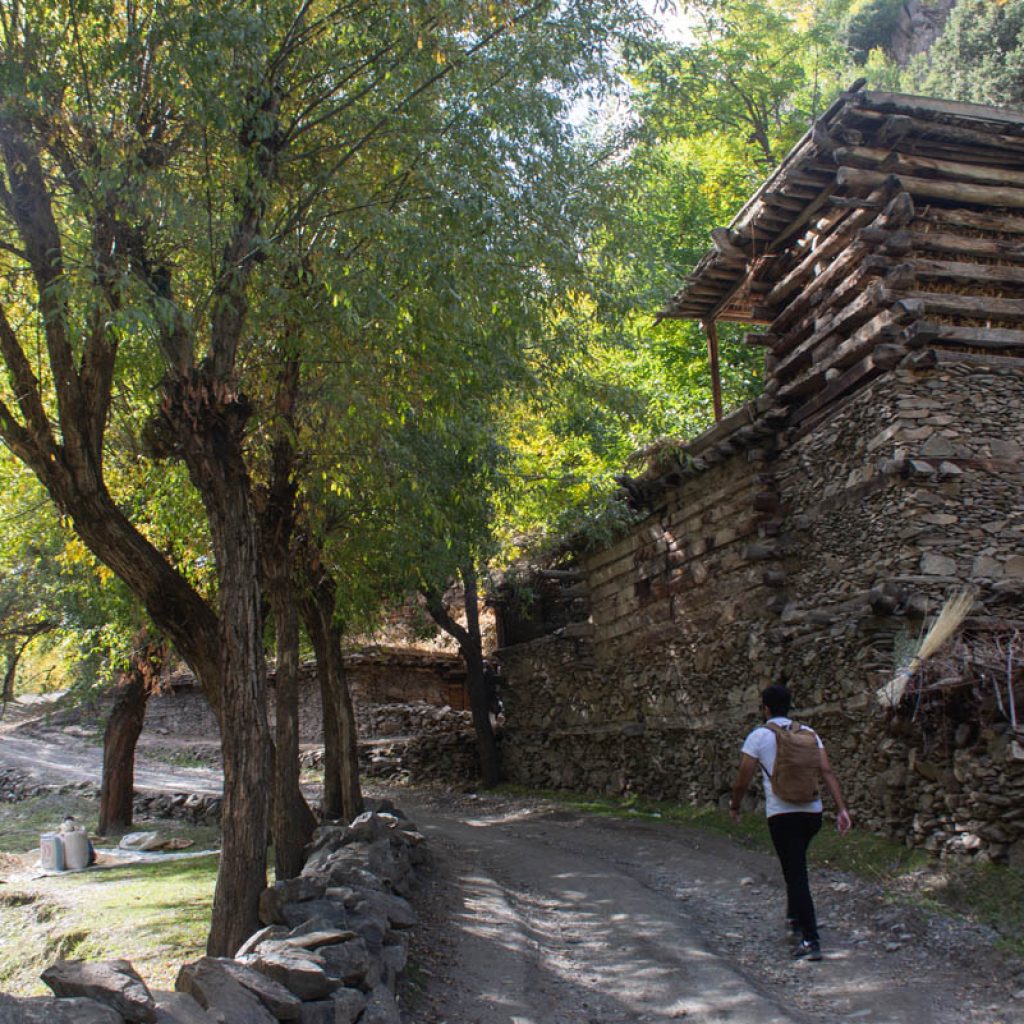
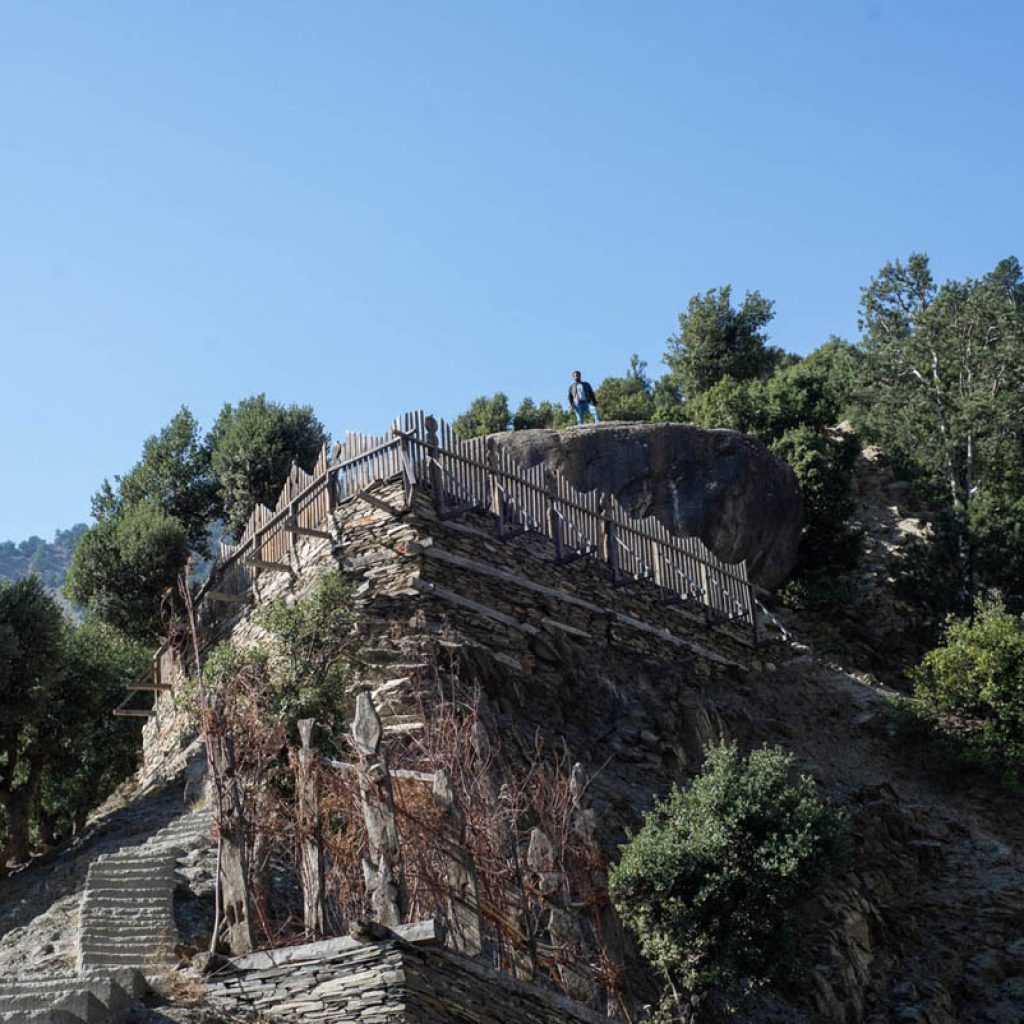
1: Birir
Birir is the most scenic and culturally intact valley of Kalash, this southernmost valley was fortunately saved from floods and feature wide green fertile fields with a backdrop of rocky dome shaped mountains.
Its a jeep ride of about two hours from Chitral, but a trip to Birir opens a window to authentic Kalasha Culture.
Gasguru is the main village of Birir, which is the epicentre of all the celebrations during Kalasha festivals.
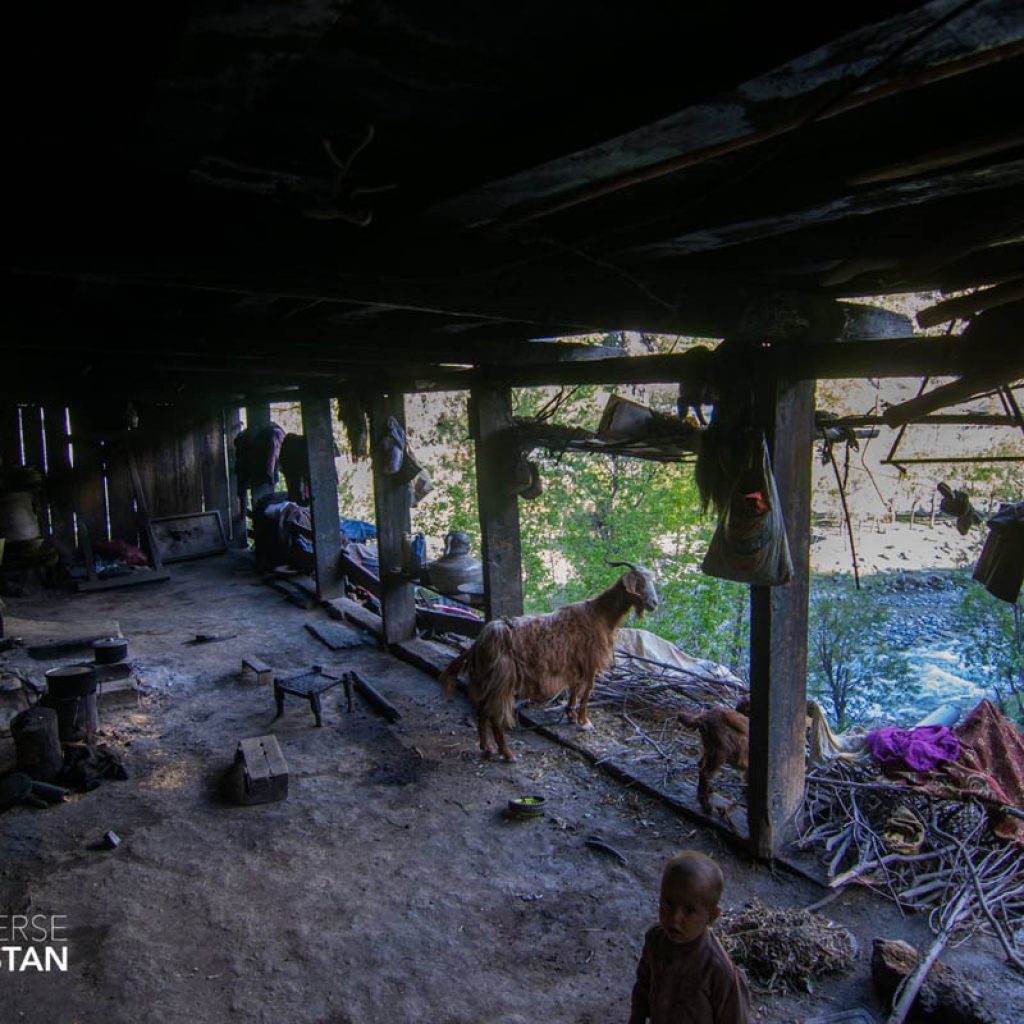
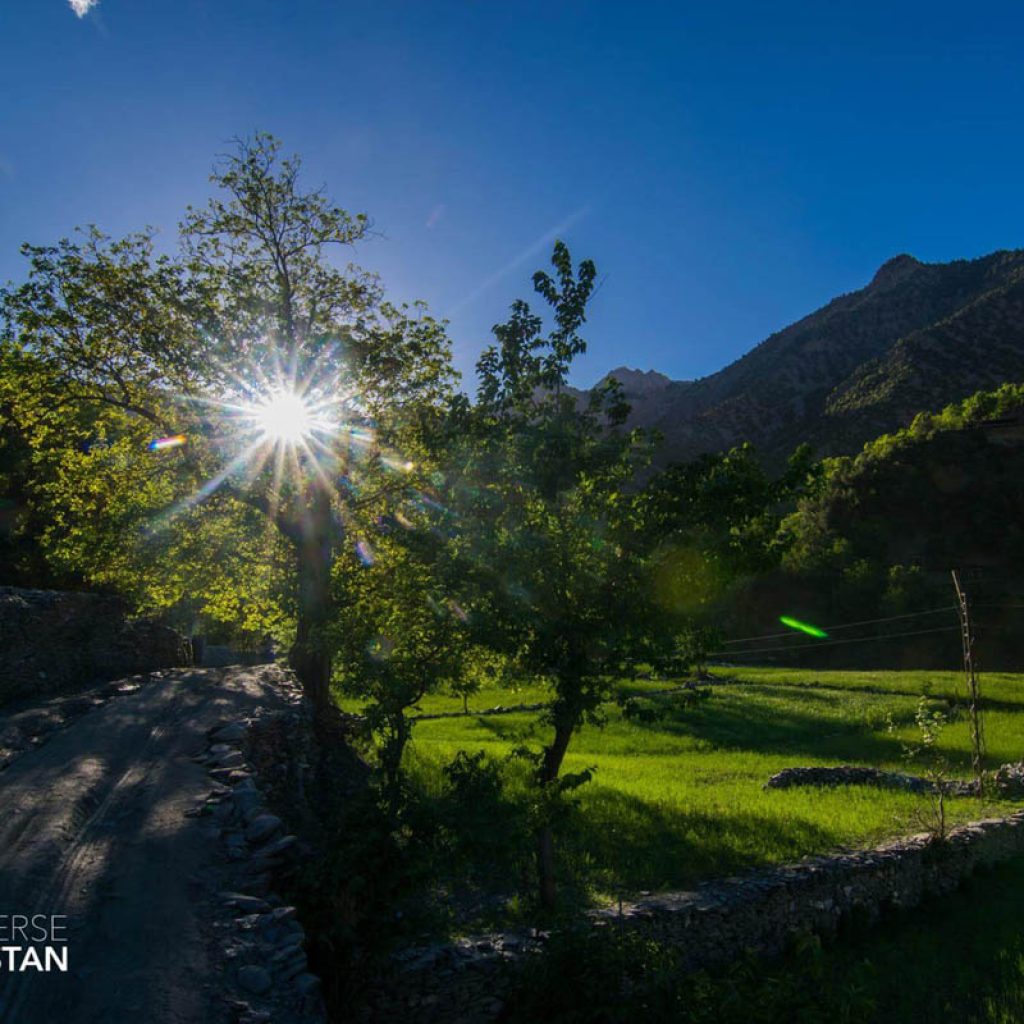
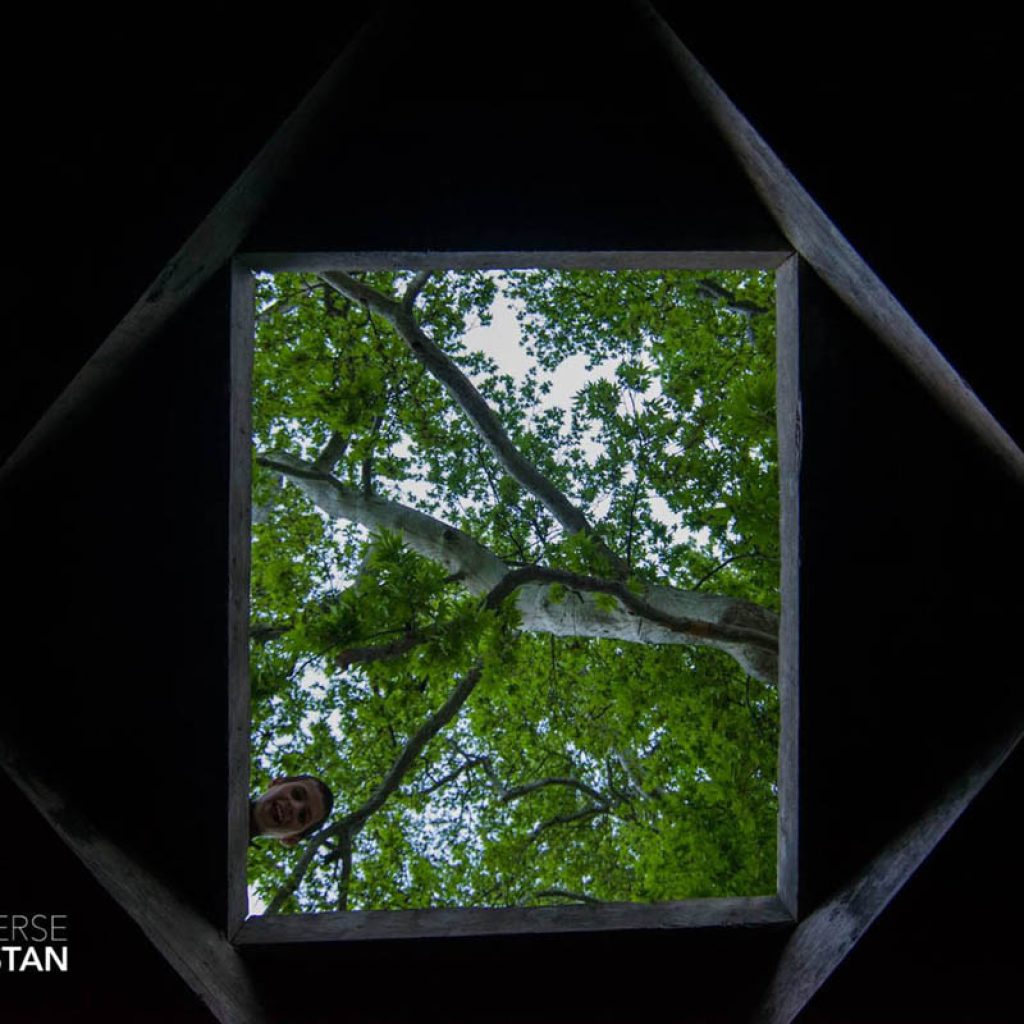
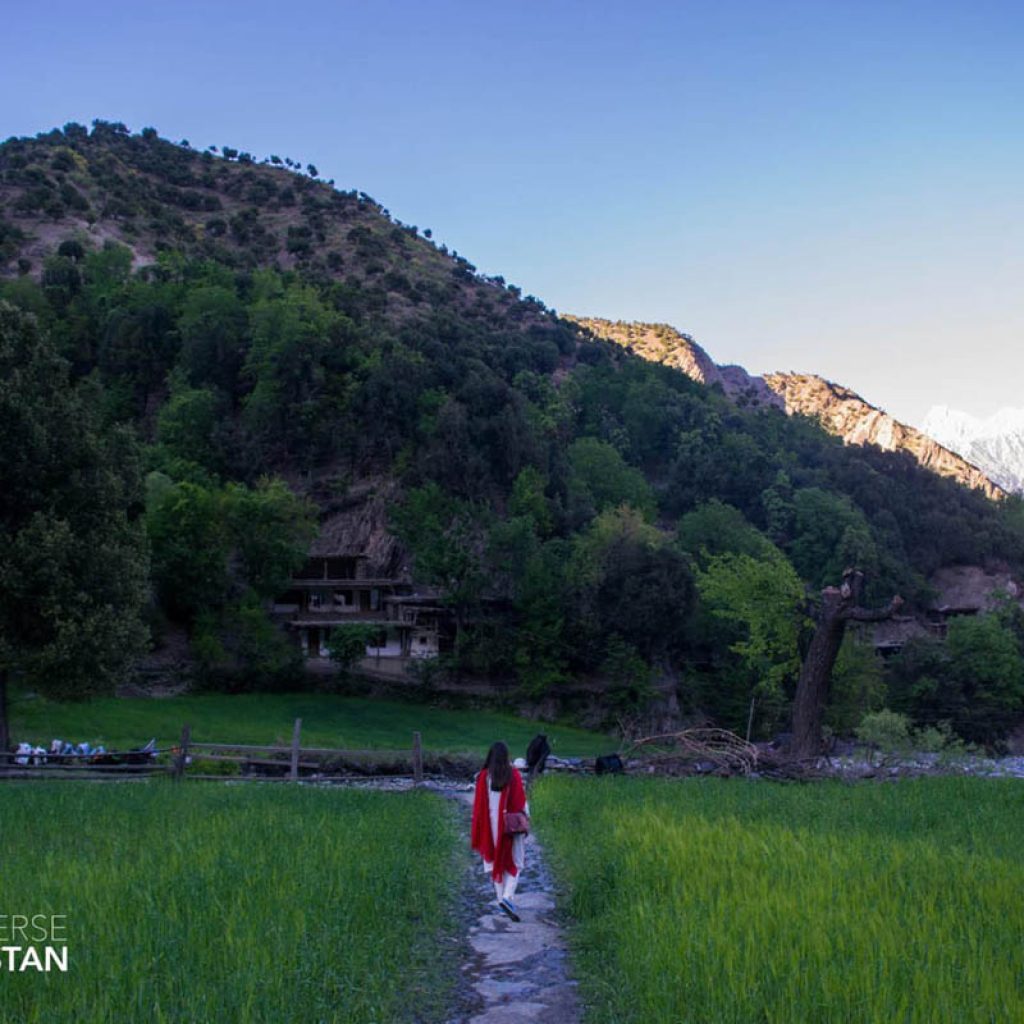
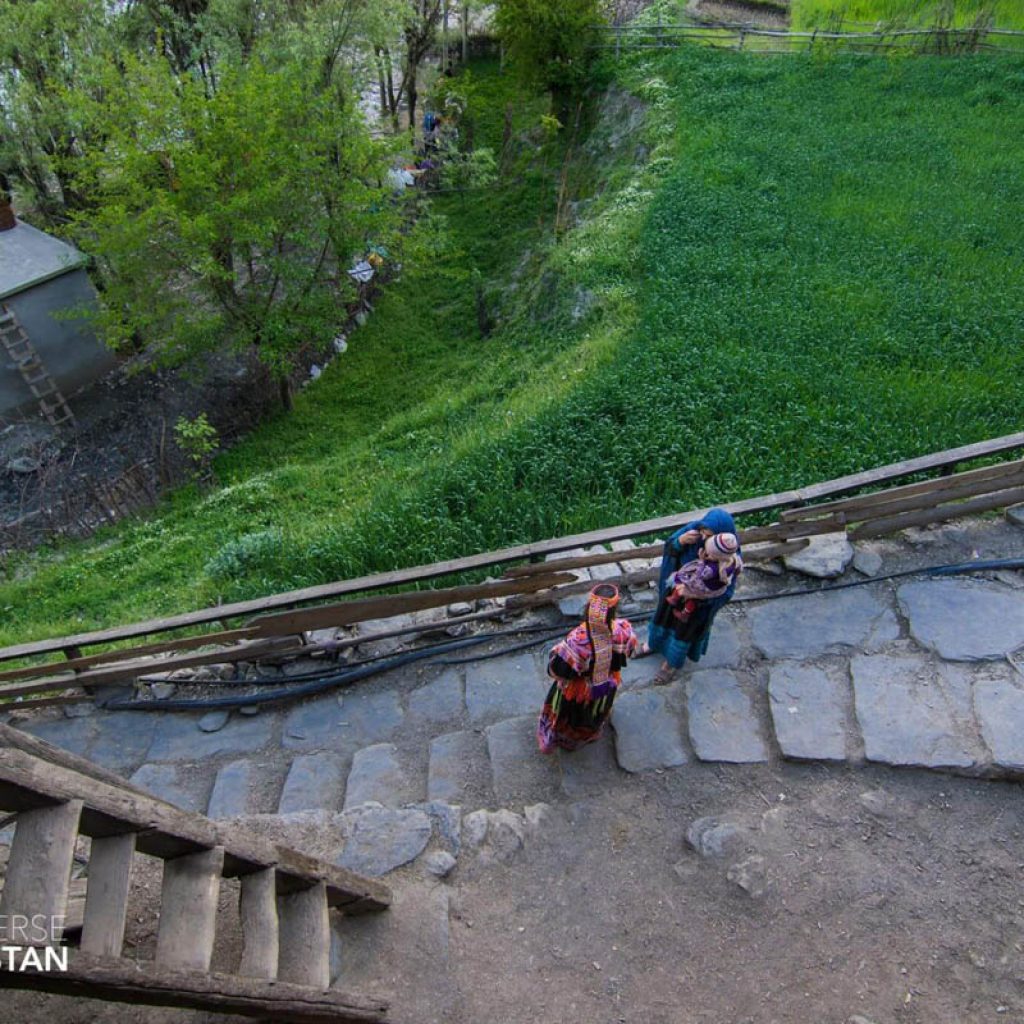
2: Bamburet
Bamburet is the largest and most commercialised valley of Kalash. The 15km valley has three main villages; Karakal, Brun and Batrik.
Kalasha Dur Museum in Bamburet, is a must visit, explains history and many aspects of Kalasha life like utensil, clothes and carvings.
Specially on Chaumus valley gets closed for a week, and celebrations can be seen before and after this window.
In Chilam Joshi Bamburet is quite packed with tourists from all over Pakistan.

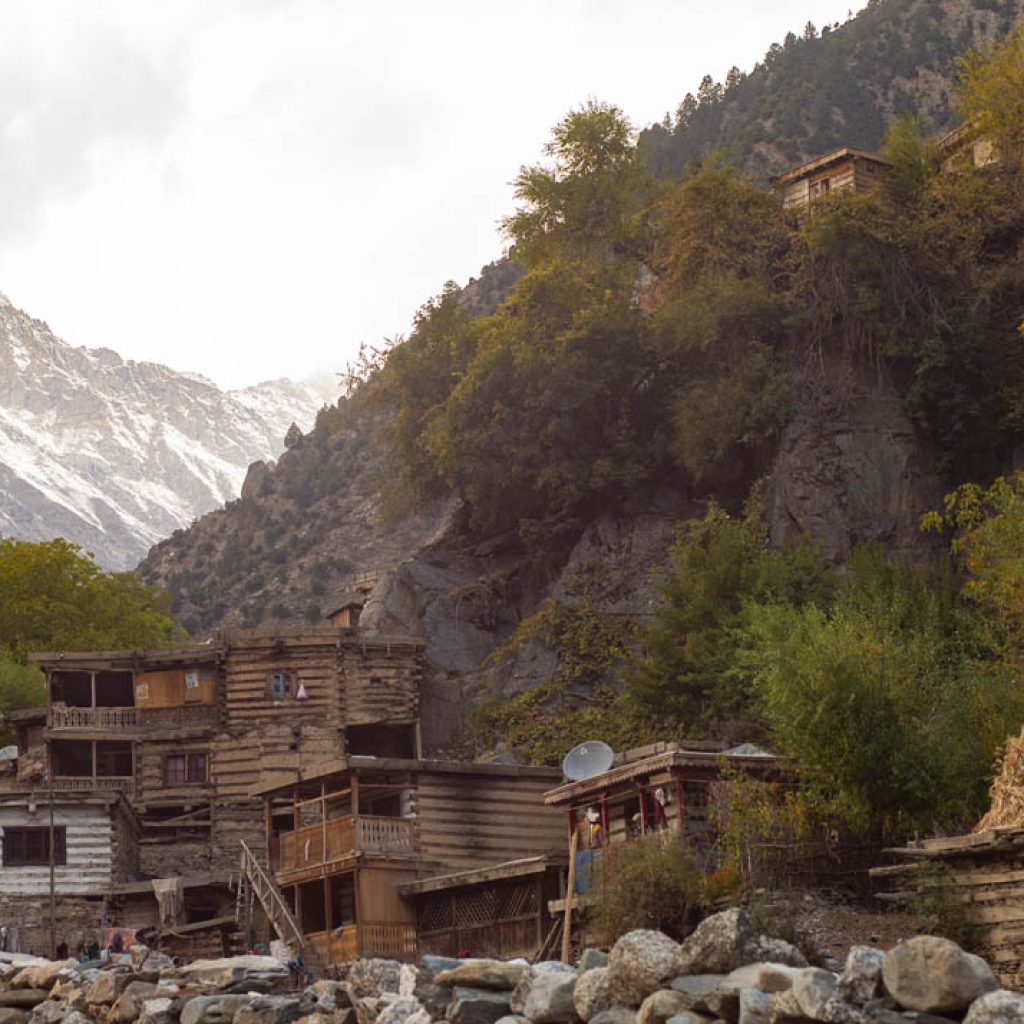

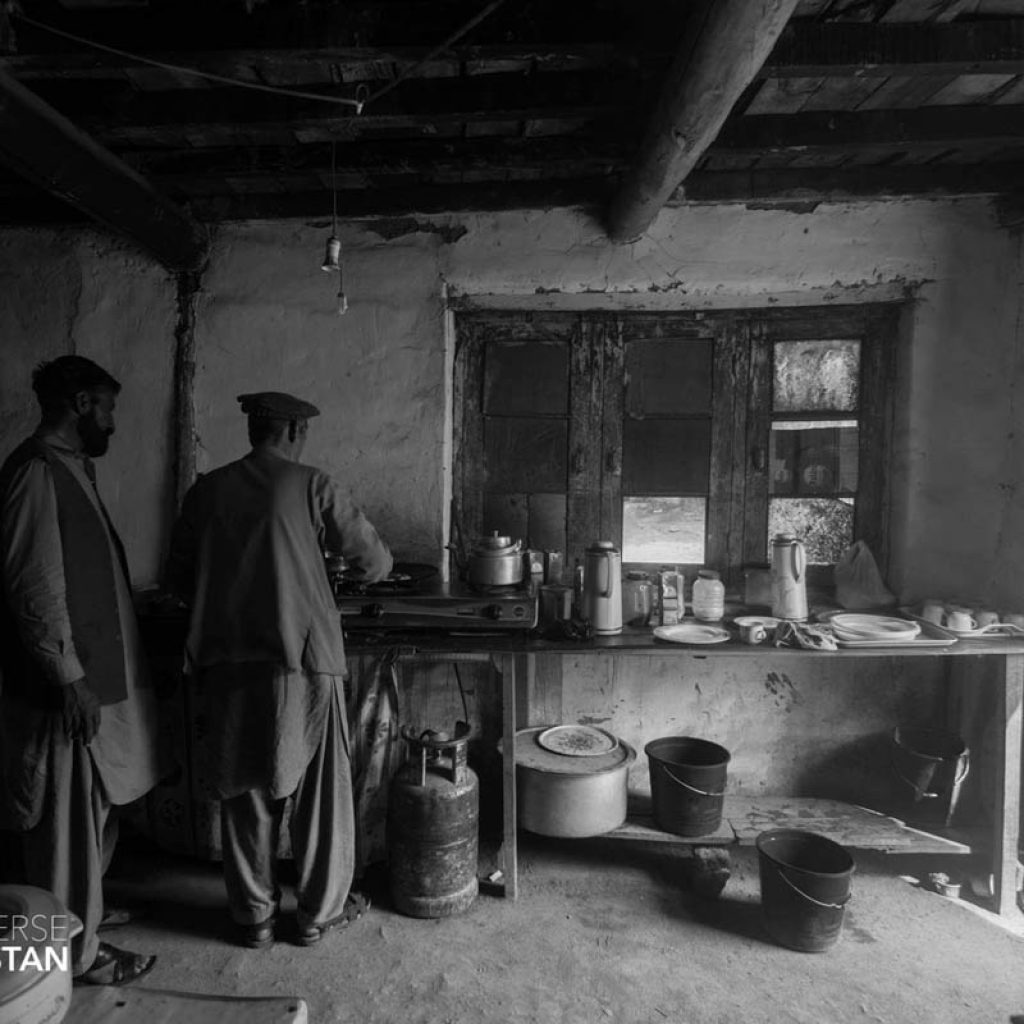
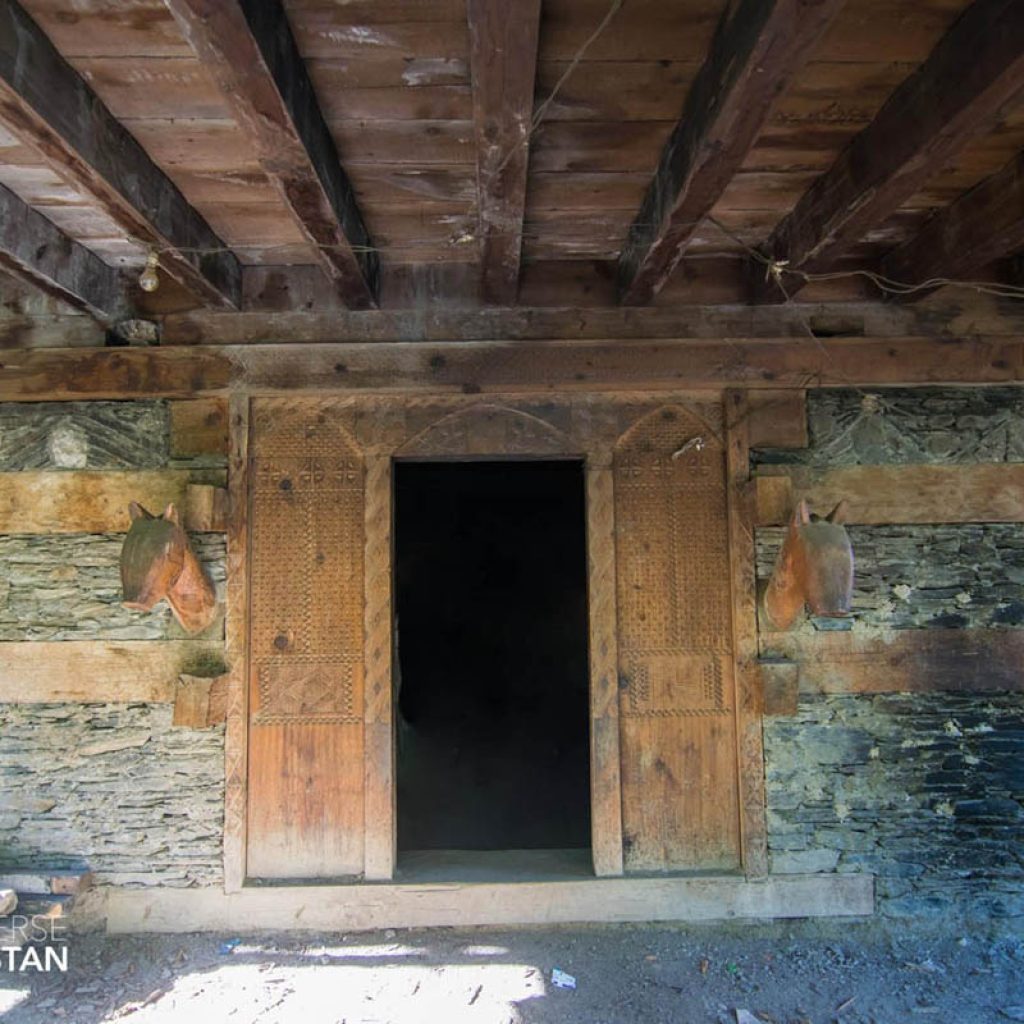
3: Rumbur
Rumbur is the western most valley of Kalash, about 8km upstream of Rumbur River, its. A journey of about an hour and half from Ayun.
In festivals Rumbur is quite happening because, Balanguru (1860m) the most important of all Kalash villages, feature cultural dances in its open, wooden-roofed hall.
Sajigor is the sacred Madokjal of Rumbur, perched up on a rock, embellished with carved wooden pillars and goat heads, is where goat sacrifices are made to sacred spirits.
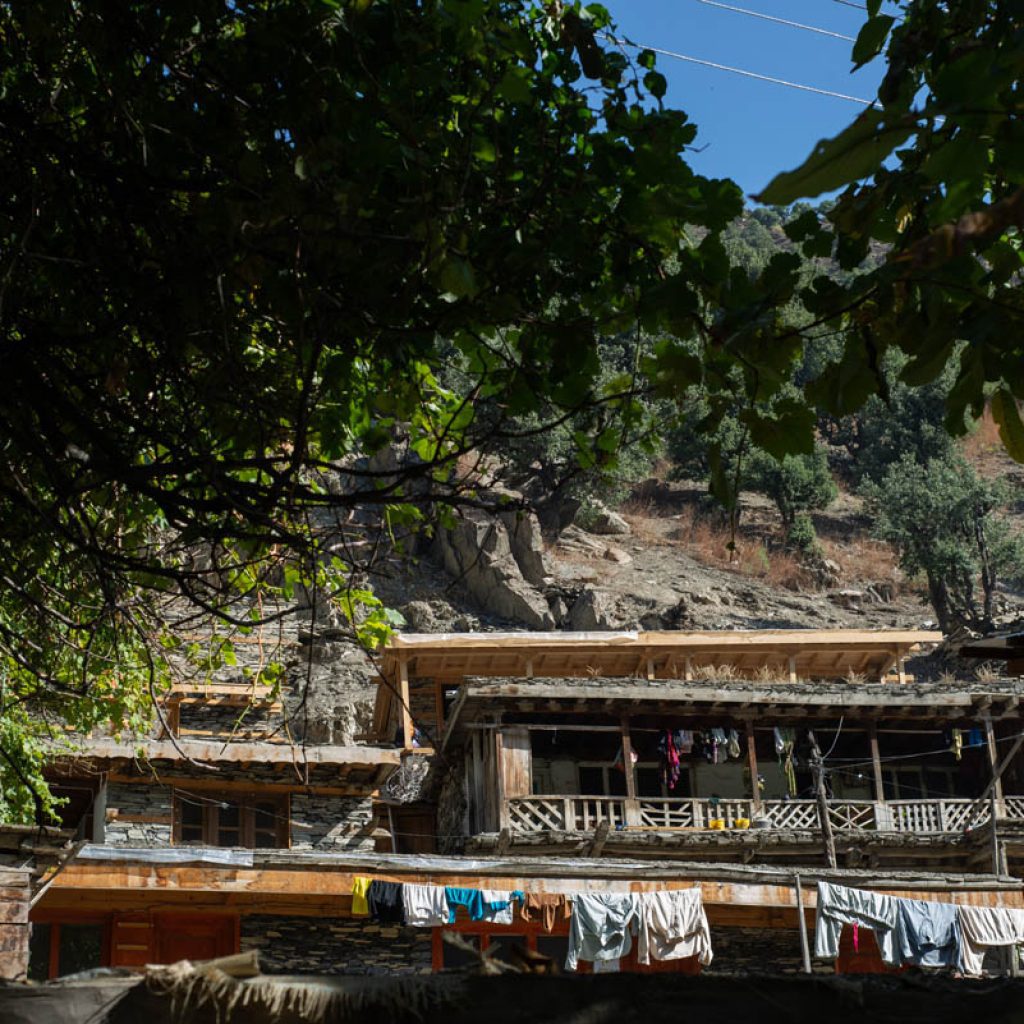
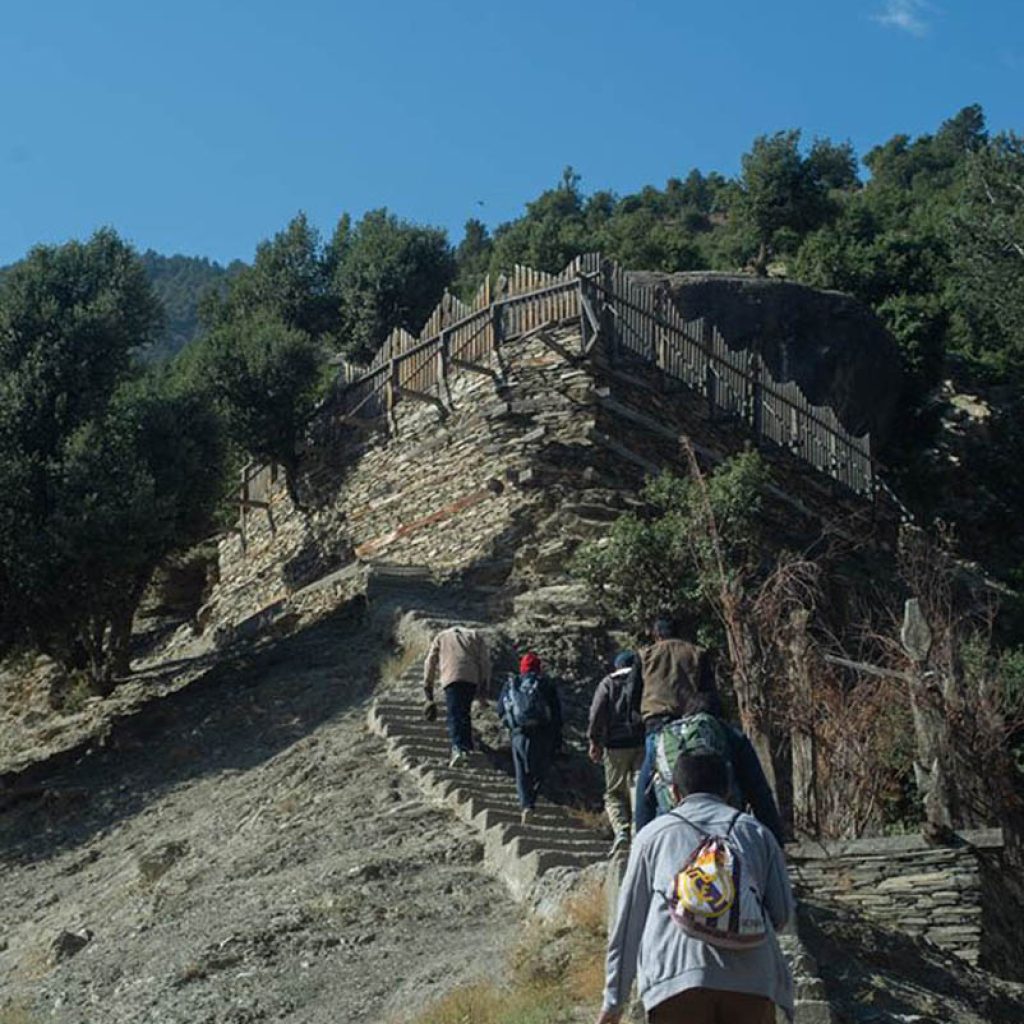


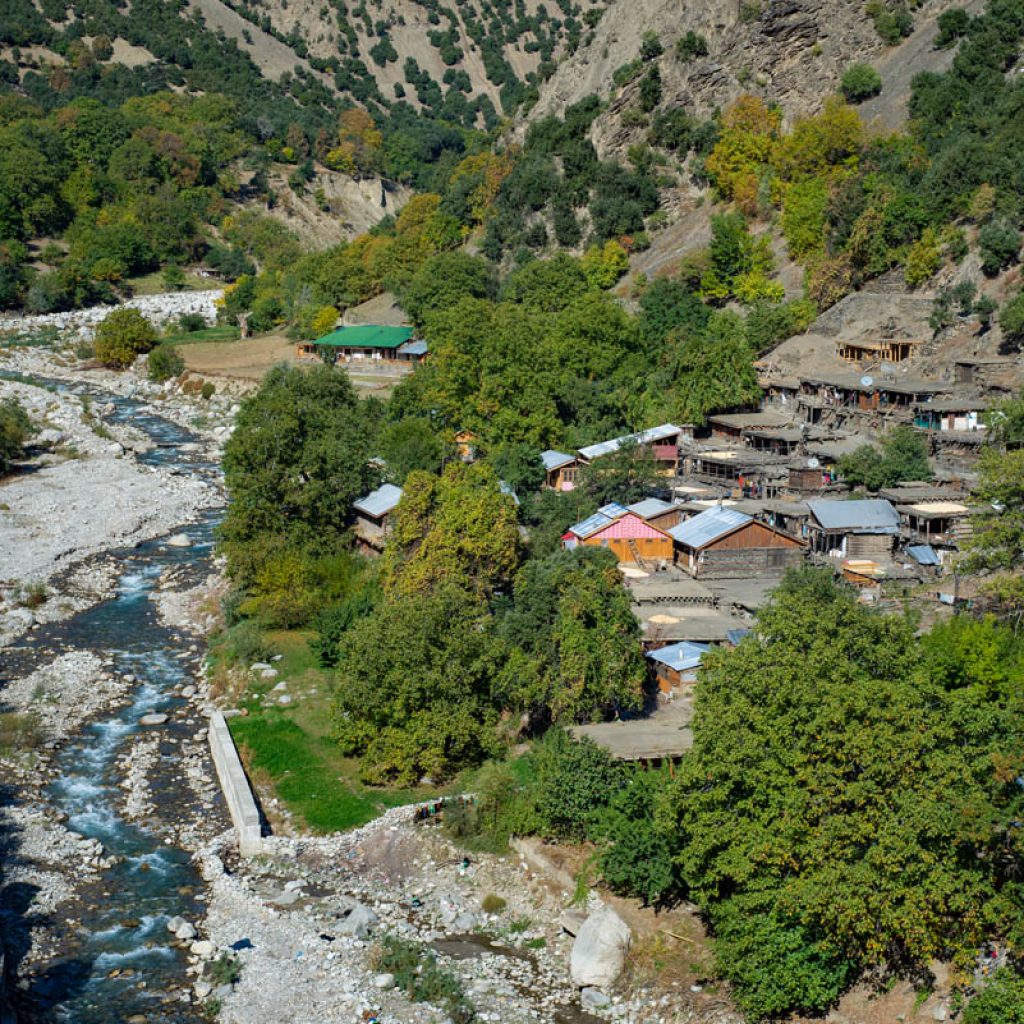
Join our curated Group tours or get a glimpse of these majestic landscape!

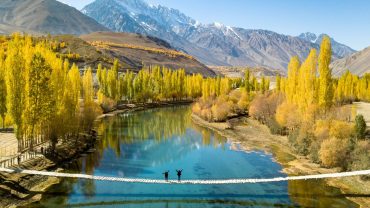
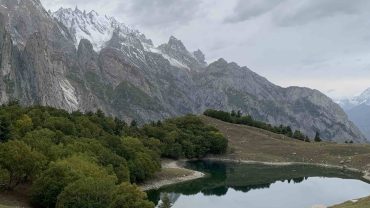
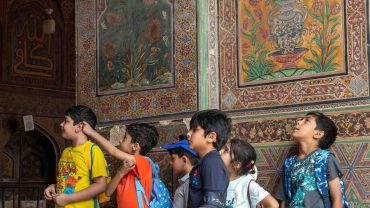
Comment (0)